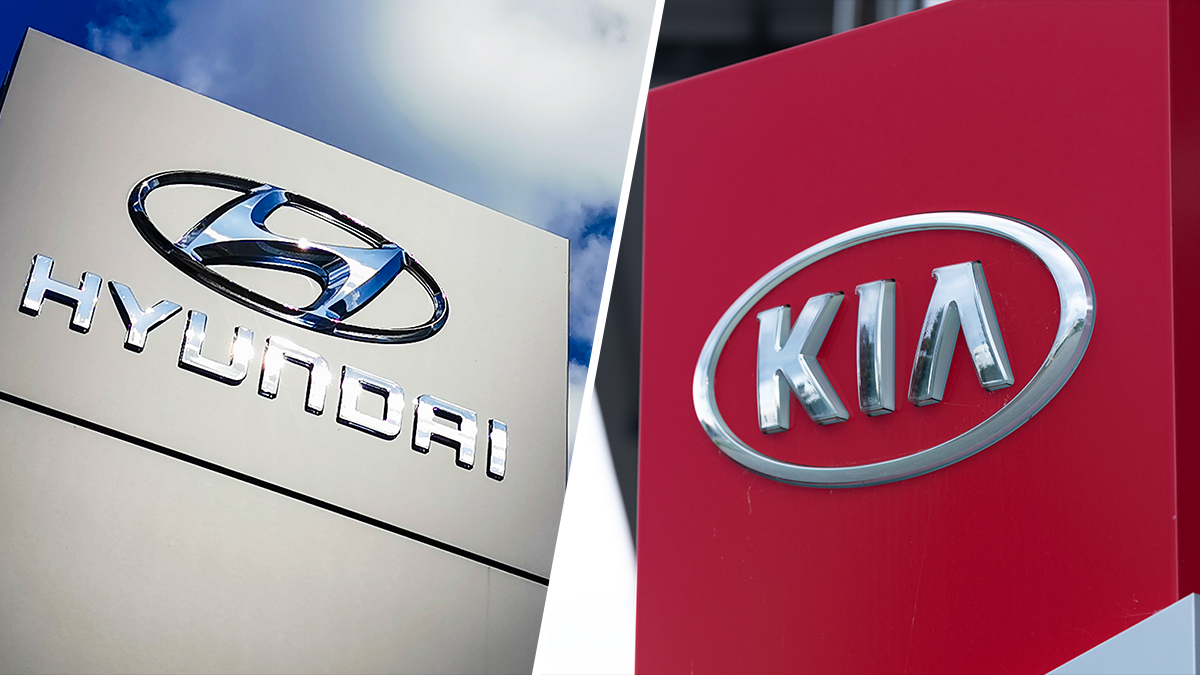While most have heard of the effect ‘influencers’ have on social media, the trend of ‘de-influencing’ posts by content creators has garnered millions of views, and worldwide consumer attention when it comes to purchase power and decisions.
GWI, a marketing research company, found 52% of users on TikTok use the social media platform to learn more about specific products and watch consumer reviews, making the platform a dominating force of consumer choices.
“It's amazing how an individual can go from not even knowing a product exists to being aware of it, to then clicking on it through a link and making a purchase within minutes,” said David Gerzof Richard, a Public Relations Professor at Emerson College who also runs Big Fish P.R.
Studies have found millions of purchases each year are driven by social media influencers on TikTok and other platforms, Gerzof Richard said, adding that, “There's a reason they're called influencers. They're highly influential and they can change and focus consumer behavior.”
Feeling out of the loop? We'll catch you up on the Chicago news you need to know. Sign up for the weekly Chicago Catch-Up newsletter here.
But there is a new trend popping up on the social media platform in the past few months: de-influencing, or users posting on the platform telling people what not to buy.
“A de-influencer is in fact an influencer who is being transparent about the products they are reviewing on their social media channels to their audiences,” Gerzof Richard said.
NBC Boston has more information on the de-influencing trend here at this link.
Gerzof Richard believes the trend is driven by the cost of living, and the impacts of inflation, with the hashtag “deinfluencing” racking up more than 400 million views on TikTok.

Creators are urging consumers to think twice about what they’re buying, and who they can trust.
While the trend pushes for greater transparency on products, advocates believe consumers still need to remain skeptical.
Paige Pritchard is a spending coach who shares financial advice on TikTok.
“Most influencers get a lot of the stuff that they are showing to you for free,” Pritchard said, but de-influencing is about “telling people, ‘Look, if your life doesn't look like this, you're actually the majority, not the minority.’”
Pritchard wants to help women overcome social media pressure to impulse shop and overspend, while also doing their own research into products they see online, and not taking a social media user’s word for it.
“A lot of influencers are really like hopping on the trends and not so much because they have your best interests at heart, but honestly, just because they want the pics and the views and follows,” Pritchard said.
Andrew Smith, an Associate Professor of Marketing at Suffolk University says the de-influencing trend may make social media influencers seem more genuine, but consumers beware: De-influencers can still monetize their messages, and manipulate.
“If you are exclusively providing a one sided argument, if everything you talk about is something that is promotional, that doesn't come across as being credible,” Smith said.
Experts advice for consumers: slow down and ensure you’re well-informed about a product before making a purchase.
Check a social media video’s description box to see if it’s “sponsored content,” or if the ad has a disclaimer, a requirement on TikTok’s platform.



